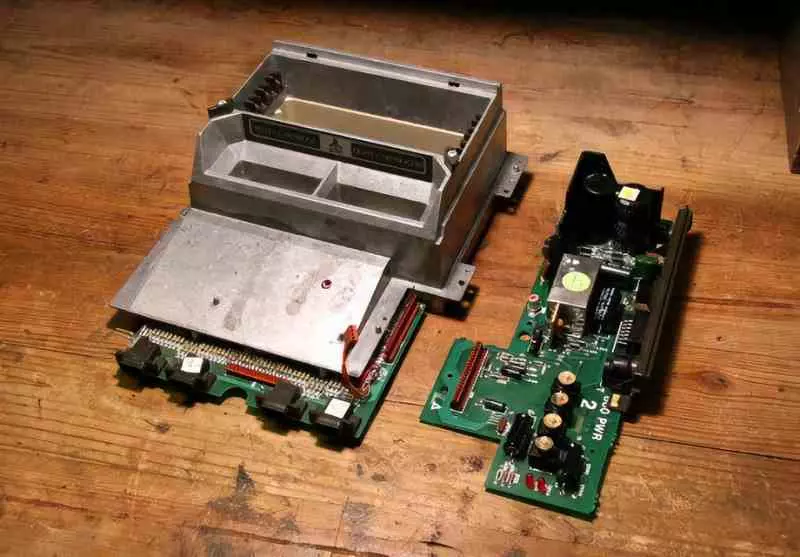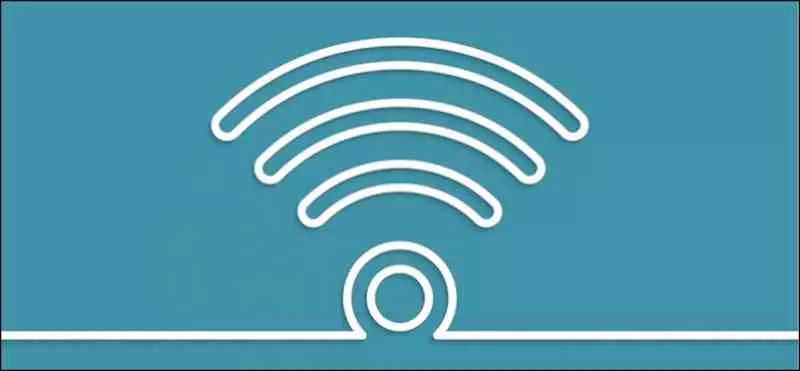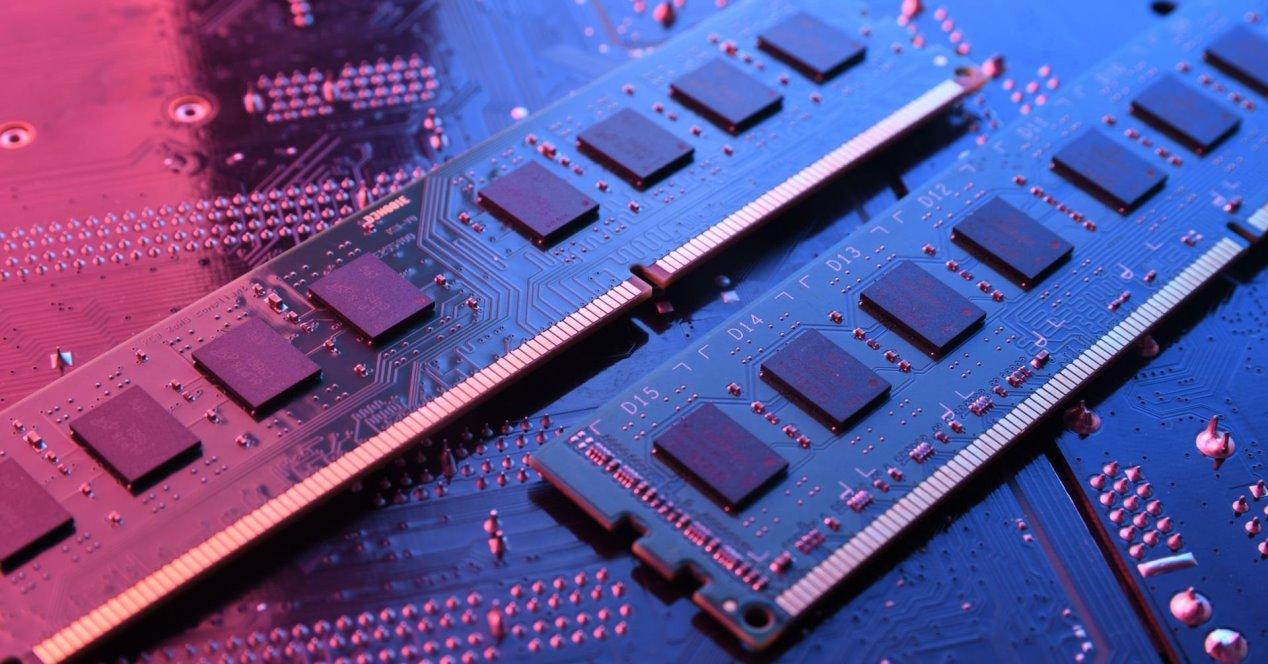
Originally, radio frequency modules were not part of the hardware of our computers, we owe their existence to the advent of mobile phones in the 90s. Development that allowed the creation of this type of modules at reduced size and consumption.
Radio frequency everywhere
Today if we look everywhere radio frequency or RF is everywhere, and is integrated into all types of hardware. We see it integrated into mobile phone networks such as 5G, radios, Bluetooth interfaces, etc. All of them are based on using radio frequency in which each standard operates at a speed of the RF spectrum, which ranges from 3 KHz to 300 GHz.
However, we tend to think of wireless communication interfaces as something new in the era of mobile internet. Suddenly in the era of television streaming we forgot that images were reaching our television by radio frequency and we were about to see a different internet, not based on telecommunications networks, but through satellite television. Project that, as a historical anecdote, Microsoft was involved in the first half of the 90s, when the Internet was a name known only to a few.
In the early years of the Internet, we did not connect through a Wi-Fi interface, but rather through a modem connected by an RJ-11 cable to the telephone network. In a time where we have wireless internet and where the PC or console controller is no longer tied to a cable, RF modules are everywhere.
The basis of all, radio frequency modules
A radio frequency module is responsible for sending and / or receiving information through radio signals at a specific frequency. These can be presented in three different ways: transmitter, receiver or transceiver. In the case of transmitters, they have the ability to modulate the data in the form of radio waves for a receiver to demodulate it. Whereas a transceiver can do both jobs at the same time.
Radio frequency modules do not transmit information digitally and therefore binary, so a simple change in modulation outside of what is expected means a change in information. Since the hardware with which we process the data uses binary values, it is necessary to have hardware that encodes, under strict rules for each communication standard, the binary message in a radio wave that the corresponding receiver can understand.
Radio frequency in early computers was banned
The first computers used special monitors and could not be connected to a television despite using the same image standard, the reason for this is that it was forbidden to launch a computer with an integrated RF module, which was necessary to be able to transmit the signal from video. The video port par excellence at that time was the RF port into which the antenna cable was connected, which required that the emitting unit had an RF transmitter inside.
Since it was in the middle of the cold war, in the United States, the federal communications commission of that country and where the arcade industry had first emerged and after the first consoles and computers they did not appear with an integrated RF module to transmit the sign. Therefore they had to do it through the composite video signal. Although years after the launch of the first generation of computers, this limitation was lifted, which allowed the appearance of computers that could work on a television by having a radio frequency module integrated into the hardware. Practice, which we did not see in all the hardware either.
But RF modules for transmitting data wirelessly did not have their importance until well into the 90’s. Until then, when people talked about wireless interfaces, it was through radio-frequency optical interfaces. Which required that the emitter and receiver be aligned in a range of range with respect to each other and did not give users freedom of movement.
2.4 GHz, the universal frequency of wireless communication
In 1985, the United States’ own federal communications commission declared that the 2.4 GHz frequency could be used for unlicensed use. This means that to transmit radio, whatever the utility was at that frequency, it was not necessary to be an authorized radio operator. This did not become possible long-range radio communication, but the creation of wireless interfaces through radio frequency modules. The first applications? Car keys that opened automatically remotely, garage doors also automatic opening. Although nothing of a wireless communication network
It was not until 1991 when the NCR Corporation the American telecommunications company AT&T invented the WaveLAN technology. Which was the immediate precursor of what we know as Wi-Fi. The trade name given to the protocol when it became a communication standard, IEEE 802.11, losing the WaveLAN trade name in the process.
Bluetooth is another radio frequency-based technology, but unlike Wi-Fi it has become standardized for wireless communication between peripherals. It is a technology originally invented by Ericsson in 1994. While Wi-Fi was invented directly for the world of telecommunications. Bluetooth was invented as a wireless replacement for the standard for RS-232 communication, making use of the 2.4 GHz frequency. In general, 2.4 GHz has always been used to communicate wirelessly through all kinds of peripherals, not only those that are based on Bluetooth and WiFi standards, but also proprietary systems that some manufacturers use to communicate their wireless mice and keyboards with the PC.







